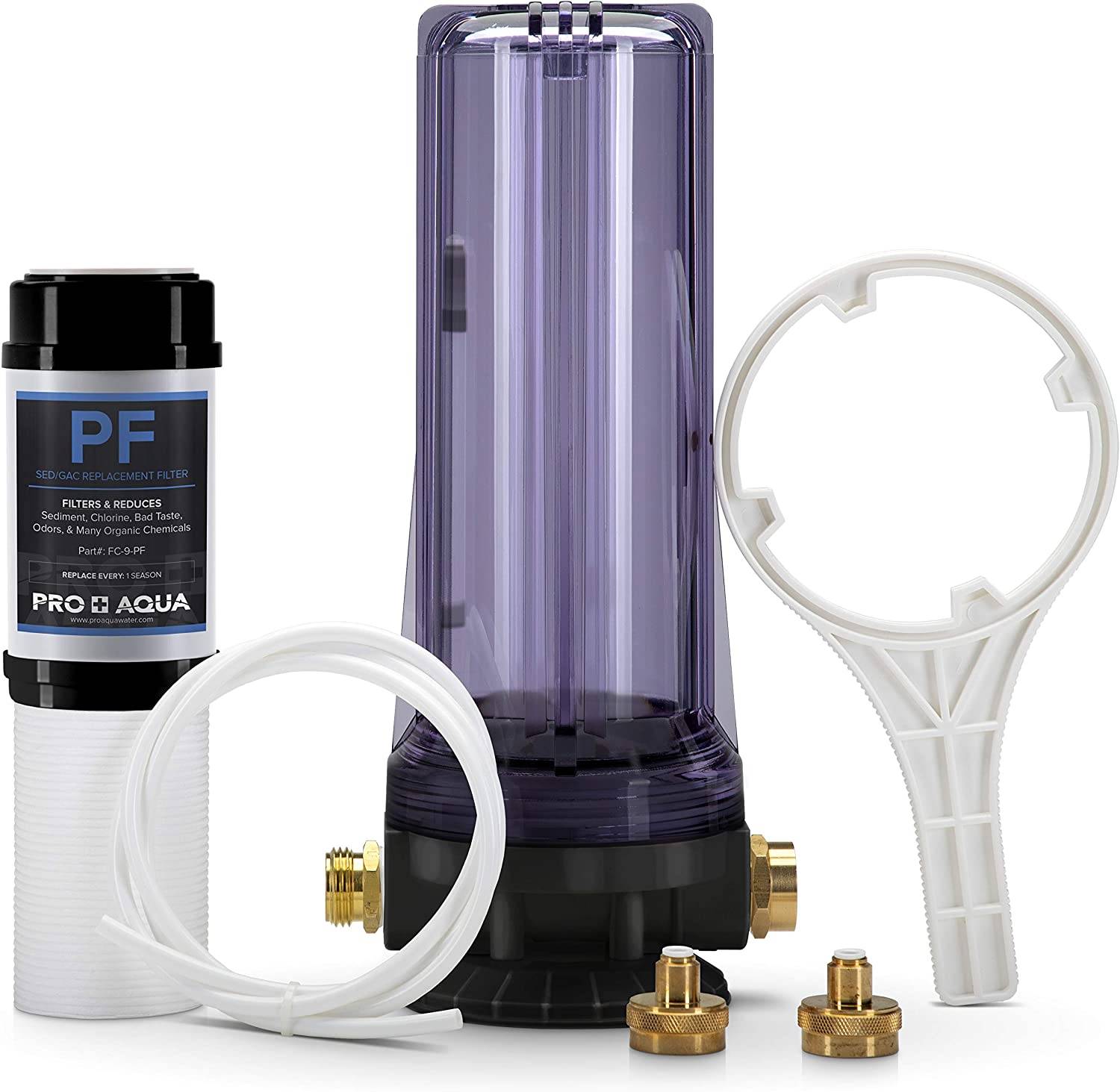Water hardness: it’s a term that’s reasonably well known, but a real and meaningful understanding of just what it is and how it affects our lives is less common. This article will provide a simple, easy-to-understand explanation of the topic and it’s solutions.
What is Hard Water?
Water hardness refers to the amount of dissolved magnesium and calcium (and other metals) in a particular feed supply. In practical terms (if you’re not a scientist), recognising the effects of a high content of these minerals can be as simple as noticing spots on your dishes and glasses, or feeling like there’s a slimy residue left on your hands even if you’ve used soap. In terms of household appliances like kettles, you may notice a mineral build-up on the inside.
In an industrial setting the effects can be rather more serious, leading to reduced capacity and lifespan of equipment, clogging pipes and increased costs of heating and running plants.
Hard water does not pose any health risks, however it can be annoying and, in the case of manufacturers, costly in both the long and short term.
Measuring the Hardness
In the UK we measure and classify the hardness of water as follows:
Soft: less than 100mg per litre as calcium carbonate Slightly/moderately hard: 100-200mg per litre as calcium carbonate Hard/very hard: anything above 200mg per litre as calcium carbonate
You can do a simple do-it-yourself home test involving soap and/or test tablets that are readily available, but it’s preferable and also inexpensive to use a professional Water Test Kit. In an industrial/manufacturing situation, for those considering the installation of a water softener (which works extremely well in conjunction with a reverse osmosis system as outlined below), the supplier will often come onsite and do a professional test.
The Solutions
As the name suggests, a water softener works to provide a solution to the problem by replacing the magnesium and calcium (known as hard salts) with sodium (which is a soft salt). This reliably prevents limescale from building up in equipment and pipes.
While it is a very simple system involving a process known as ‘ion exchange’, it’s made even more effective when used alongside a reverse osmosis system, which serves to remove any remaining impurities – including up to 98% of any sodium that’s left after softening.
You do need to consider the systems carefully when they are to work in tandem to ensure they are compatible with each other’s operations and won’t reduce each other’s efficacy. On their own they can be powerful purification tools (and it should be noted that one does not replace the other), but by using a softener and a reverse osmosis system together you can be sure of the purest water possible.
Tip: A final note for businesses looking to install a reverse osmosis system. The membrane of the RO can be extremely fragile, so even with a filter it has to work very hard to remove calcium and magnesium. That’s why it makes sense to allow the softener to do its job first and then let the RO take care of the rest.
Author Plate Sean Clifford is an advisor at AllWater Technologies Ltd, a wholly independent company providing consultation and water treatment equipment, including reverse osmosis system and effluent treatment plant options. Bringing together a host of experience and specialist knowledge, the company is committed to building and maintaining long-term relationships and creating maximum value and benefit for their customers.


